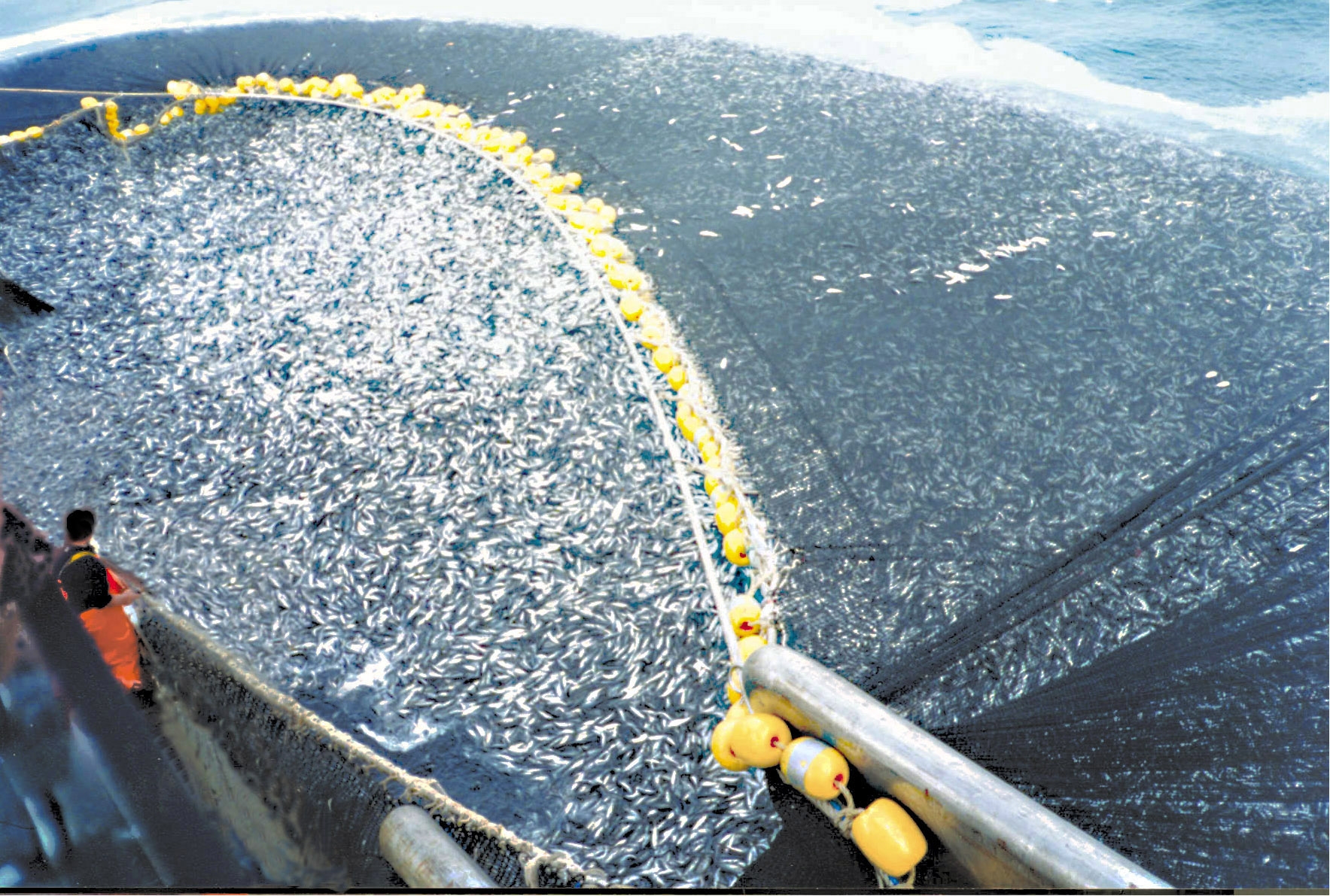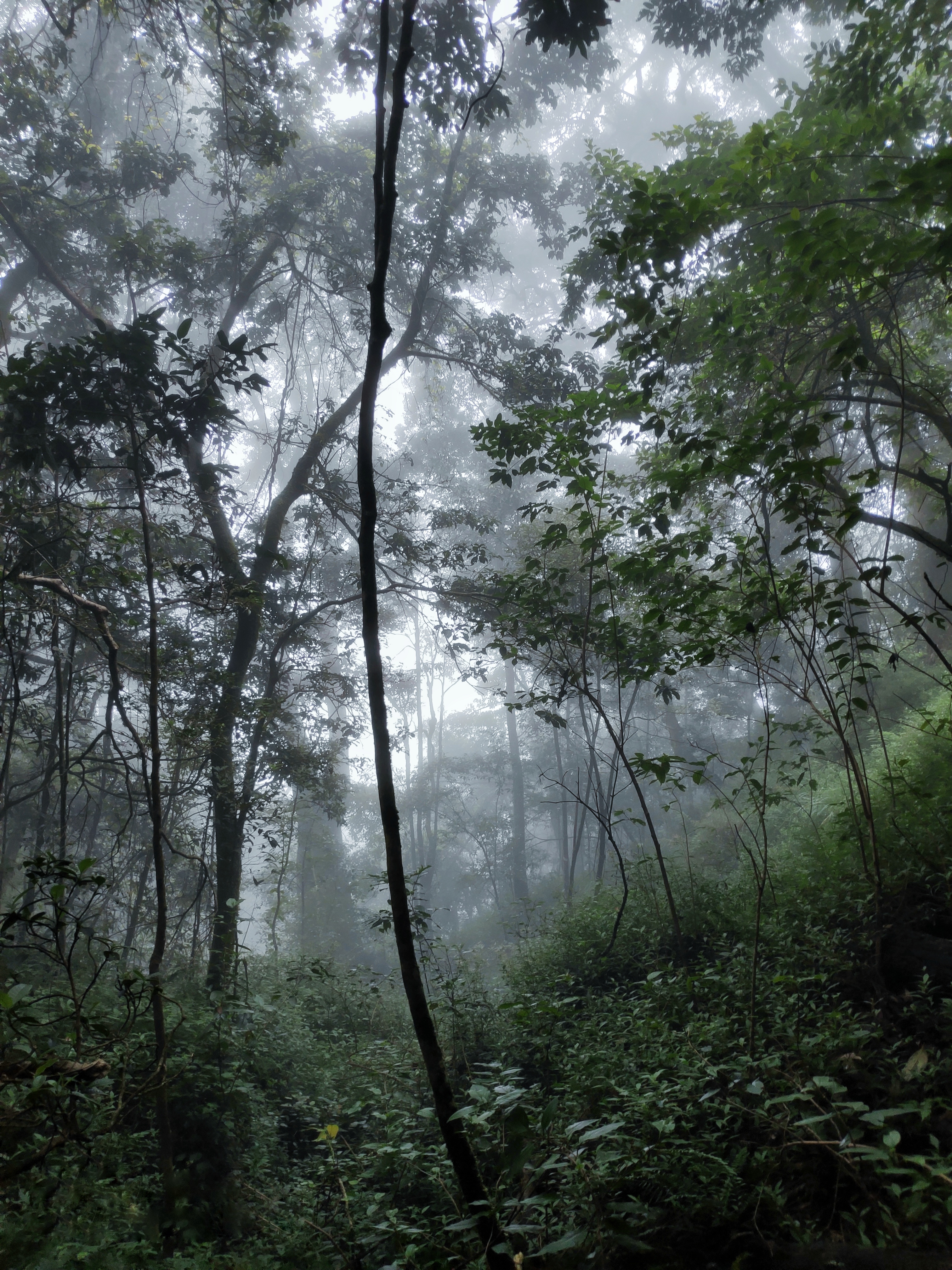|
Over-exploitation
Overexploitation, also called overharvesting or ecological overshoot, refers to harvesting a renewable resource to the point of diminishing returns. Continued overexploitation can lead to the destruction of the resource, as it will be unable to replenish. The term applies to natural resources such as water aquifers, grazing pastures and forests, wild medicinal plants, fish stocks and other wildlife. In ecology, overexploitation describes one of the five main activities threatening global biodiversity. Ecologists use the term to describe populations that are harvested at an unsustainable rate, given their natural rates of mortality and capacities for reproduction. This can result in extinction at the population level and even extinction of whole species. In conservation biology, the term is usually used in the context of human economic activity that involves the taking of biological resources, or organisms, in larger numbers than their populations can withstand. The t ... [...More Info...] [...Related Items...] OR: [Wikipedia] [Google] [Baidu] |
Overfishing
Overfishing is the removal of a species of fish (i.e. fishing) from a body of water at a rate greater than that the species can replenish its population naturally (i.e. the overexploitation of the fishery's existing Fish stocks, fish stock), resulting in the species becoming increasingly underpopulated in that area. Overfishing can occur in water bodies of any sizes, such as ponds, wetlands, rivers, lakes or oceans, and can result in resource depletion, reduced biological growth rates and low biomass (ecology), biomass levels. Sustained overfishing can lead to critical depensation, where the fish population is no longer able to sustain itself. Some forms of overfishing, such as the Threatened sharks, overfishing of sharks, has led to the upset of entire marine ecosystems. Types of overfishing include growth overfishing, recruitment overfishing, and ecosystem overfishing. Overfishing not only causes negative impacts on biodiversity and ecosystem functioning, but also reduces fish pr ... [...More Info...] [...Related Items...] OR: [Wikipedia] [Google] [Baidu] |
Ecological Overshoot
Ecological overshoot is the phenomenon which occurs when the demands made on a natural ecosystem exceed its regenerative capacity. Global ecological overshoot occurs when the demands made by humanity exceed what the biosphere of Earth can provide through its capacity for renewal. Scientific use of the term in the context of the global ecological impact of humanity is attributed to a 1980 book by William R. Catton, Jr. titled ''Overshoot: The Ecological Basis of Revolutionary Change''. Record of global ecological overshoot To determine whether ecological overshoot is happening requires the collection of global and nation-specific data regarding the availability of natural resources, the capability of the ecosystems to renew any natural resources that were consumed, and the rate at which the resources are being consumed, usually assessed for each calendar year. This data collection, and analysis is typically done by scientific and conservation organisations, such as the Global ... [...More Info...] [...Related Items...] OR: [Wikipedia] [Google] [Baidu] |
Giant Haasts Eagle Attacking New Zealand Moa
In folklore, giants (from Ancient Greek: '' gigas'', cognate giga-) are beings of humanoid appearance, but are at times prodigious in size and strength or bear an otherwise notable appearance. The word ''giant'' is first attested in 1297 from Robert of Gloucester's chronicle. It is derived from the '' Gigantes'' () of Greek mythology. Fairy tales such as '' Jack the Giant Killer'' have formed the modern perception of giants as dimwitted and violent ogres, sometimes said to eat humans, while other giants tend to eat livestock. In more recent portrayals, like those of Jonathan Swift and Roald Dahl, some giants are both intelligent and friendly. Literary and cultural analysis Giants appear many times in folklore and myths. Representing the human body enlarged to the point of being monstrous, giants evoke terror and remind humans of their body's frailty and mortality. They are often portrayed as monsters and antagonists, but there are exceptions. Some giants intermingle wit ... [...More Info...] [...Related Items...] OR: [Wikipedia] [Google] [Baidu] |
Fauna
Fauna (: faunae or faunas) is all of the animal life present in a particular region or time. The corresponding terms for plants and fungi are ''flora'' and '' funga'', respectively. Flora, fauna, funga and other forms of life are collectively referred to as '' biota''. Zoologists and paleontologists use ''fauna'' to refer to a typical collection of animals found in a specific time or place, e.g. the " Sonoran Desert fauna" or the " Burgess Shale fauna". Paleontologists sometimes refer to a sequence of faunal stages, which is a series of rocks all containing similar fossils. The study of animals of a particular region is called faunistics. Etymology ''Fauna'' comes from the name Fauna, a Roman goddess of earth and fertility, the Roman god Faunus, and the related forest spirits called Fauns. All three words are cognates of the name of the Greek god Pan, and ''panis'' is the Modern Greek equivalent of fauna (πανίς or rather πανίδα). ''Fauna'' is also the word fo ... [...More Info...] [...Related Items...] OR: [Wikipedia] [Google] [Baidu] |
Flora
Flora (: floras or florae) is all the plant life present in a particular region or time, generally the naturally occurring (indigenous (ecology), indigenous) native plant, native plants. The corresponding term for animals is ''fauna'', and for fungi, it is ''funga''. Sometimes bacteria and fungi are also referred to as flora as in the terms ''gut flora'' or ''skin flora'' for purposes of specificity. Etymology The word "flora" comes from the Latin name of Flora (mythology), Flora, the goddess of plants, flowers, and fertility in Roman mythology. The technical term "flora" is then derived from a metonymy of this goddess at the end of the sixteenth century. It was first used in poetry to denote the natural vegetation of an area, but soon also assumed the meaning of a work cataloguing such vegetation. Moreover, "Flora" was used to refer to the flowers of an artificial garden in the seventeenth century. The distinction between vegetation (the general appearance of a community) and ... [...More Info...] [...Related Items...] OR: [Wikipedia] [Google] [Baidu] |
Endangered Species
An endangered species is a species that is very likely to become extinct in the near future, either worldwide or in a particular political jurisdiction. Endangered species may be at risk due to factors such as habitat loss, poaching, invasive species, and climate change. The International Union for Conservation of Nature (IUCN) Red List lists the global conservation status of many species, and various other agencies assess the status of species within particular areas. Many nations have laws that protect conservation-reliant species which, for example, forbid hunting, restrict land development, or create protected areas. Some endangered species are the target of extensive conservation efforts such as captive breeding and habitat restoration. Human activity is a significant cause in causing some species to become endangered. Conservation status The conservation status of a species indicates the likelihood that it will become extinct. Multiple factors are ... [...More Info...] [...Related Items...] OR: [Wikipedia] [Google] [Baidu] |
Aquifer
An aquifer is an underground layer of water-bearing material, consisting of permeability (Earth sciences), permeable or fractured rock, or of unconsolidated materials (gravel, sand, or silt). Aquifers vary greatly in their characteristics. The study of water flow in aquifers and the characterization of aquifers is called ''hydrogeology''. Related concepts include aquitard, a bed (geology), bed of low permeability along an aquifer, and aquiclude (or ''aquifuge''), a solid and impermeable region underlying or overlying an aquifer, the pressure of which could lead to the formation of a confined aquifer. Aquifers can be classified as saturated versus unsaturated; aquifers versus aquitards; confined versus unconfined; isotropic versus anisotropic; porous, karst, or fractured; and transboundary aquifer. Groundwater from aquifers can be sustainably harvested by humans through the use of qanats leading to a well. This groundwater is a major source of fresh water for many regions, althoug ... [...More Info...] [...Related Items...] OR: [Wikipedia] [Google] [Baidu] |
Overdrafting
Overdrafting is the process of extracting groundwater beyond the equilibrium yield of an aquifer. Groundwater is one of the largest sources of fresh water and is found underground. The primary cause of groundwater depletion is the excessive pumping of groundwater up from underground aquifers. Insufficient recharge can lead to depletion, reducing the usefulness of the aquifer for humans. Depletion can also have impacts on the environment around the aquifer, such as soil compression and land subsidence, local climatic change, soil chemistry changes, and other deterioration of the local environment. There are two sets of yields: safe yield and sustainable yield. Safe yield is the amount of groundwater that can be withdrawn over a period of time without exceeding the long-term recharge rate or affecting the aquifer integrity. Sustainable yield is the amount of water extraction that can be sustained indefinitely without negative hydrological impacts, taking into account both recha ... [...More Info...] [...Related Items...] OR: [Wikipedia] [Google] [Baidu] |
Forest Management
Forest management is a branch of forestry concerned with overall administrative, legal, economic, and social aspects, as well as scientific and technical aspects, such as silviculture, forest protection, and forest regulation. This includes management for timber, aesthetics, recreation, urban values, water, wildlife, inland and nearshore fisheries, wood products, plant genetic resources, and other forest resource values. Management objectives can be for conservation, utilisation, or a mixture of the two. Techniques include timber extraction, planting and replanting of different species, building and maintenance of roads and pathways through forests, and preventing fire. Many tools like remote sensing, GIS and photogrammetry modelling have been developed to improve forest inventory and management planning. Scientific research plays a crucial role in helping forest management. For example, climate modeling, biodiversity research, carbon sequestration research, GIS appli ... [...More Info...] [...Related Items...] OR: [Wikipedia] [Google] [Baidu] |
Overlogging
Overlogging is a form of overexploitation caused by legal or illegal logging activities that lead to unsustainable or irrecoverable deforestation and permanent habitat destruction for forest wildlife. Causes The use of poor logging practices and heavy machinery leads to overlogged forests. Norman Myers argued that forms of environmental degradation like overlogging are a consequence of " perverse subsidies." The production of disposable tissues significantly contributes to the effects of overlogging. In rural China, overlogging is related to the need for firewood as fuel. Overlogging is often associated with attempts at reducing the " Third world debt," although it is not restricted to developing countries. In central Japan, forests located closer to power plants were found to be more vulnerable to overlogging. Effects With the developed world's growing demand for pulp and paper, overlogging is an imminent threat to Earth's forests. Overlogging has caused significan ... [...More Info...] [...Related Items...] OR: [Wikipedia] [Google] [Baidu] |
Stock Management
Inventory management, also known as field inventory management, is the task of understanding the stock mix of a company and the handling of the different demands placed on that stock. The demands are influenced by both external and internal factors and are balanced by the creation of purchase order requests to keep supplies at a reasonable or prescribed level. Inventory management is important for every other business enterprise. It includes tasks related to setting and reviewing inventory targets.Gartner, Inc.Cover Considerations — How to Optimize Retail and Consumer Product Inventory Targets published on 15 February 2017, accessed on 25 April 2025 Overview A typical inventory management process for a retail business follows the following sequence: # Request for new inventory from stores to head office, # Head office issues a purchase order to the vendor, # Vendor ships the goods, # Warehouse receives the goods, # Warehouse stores and distributes to the stores, # Shops and/ ... [...More Info...] [...Related Items...] OR: [Wikipedia] [Google] [Baidu] |






